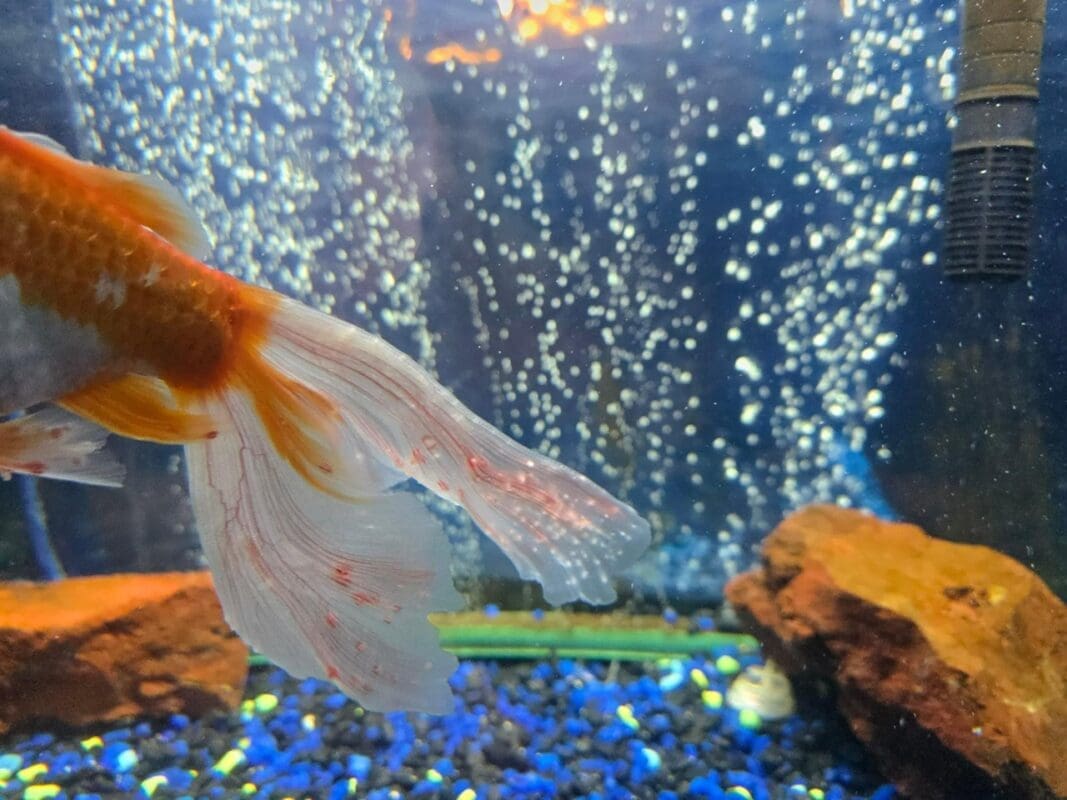Fish Diseases, Illnesses
How to Treat and Prevent Costia in Fish: A Complete Guide
What is Costia (Ichthyobodo)? How Do Fish Get It? How Do You Treat It? How Do You Prevent It?
What is Costia (Ichthyobodo)?
Costia, also known as Ichthyobodo, is a tiny parasitic protozoan that can attach itself to the skin, gills, and fins of fish. Although invisible to the naked eye, it causes significant irritation and health issues for your aquatic pets.
The parasite feeds off your fish’s tissues, leading to excess mucus production, difficulty breathing, and a generally miserable experience for the fish. Without treatment, Costia can be deadly, so early intervention is crucial.
How Do Fish Get Costia?
Fish can become infected with Costia through several channels:
- New fish: Costia often sneaks in when new, unquarantined fish are introduced into the tank.
- Contaminated water or equipment: The parasite can hitch a ride on plants, water, or even tools used across tanks.
- Stress: Fish that are stressed due to poor water quality or temperature fluctuations are more susceptible to infections, including Costia.
Symptoms of Costia
Signs that your fish may be suffering from a Costia infection include:
- Early signs: Flashing (rubbing against objects), excess mucus production, and lethargy.
- Advanced symptoms: Cloudy skin, pale or frayed fins, rapid gill movement, and labored breathing.
Treatment Options for Costia
When dealing with Costia, early intervention is key. Here are the primary treatment options you can use, from milder approaches to more serious remedies:
- Salt Baths: Salt baths are a gentle and effective way to treat mild cases of Costia. Salt works by altering the osmotic balance around the fish, causing the parasites to dehydrate and die. Here’s how to perform one:
- Step 1: Prepare a separate container of dechlorinated water that matches your tank’s temperature.
- Step 2: Add aquarium salt, such as API Aquarium Salt, at a ratio of 1-2 tablespoons per gallon of water.
- Step 3: Place the infected fish in the salt bath for 5-10 minutes, carefully monitoring them during this time. If the fish show signs of distress, remove them sooner.
- Step 4: Return the fish to the main tank and continue monitoring for improvement.
- Medications:
- Formalin: Use Seachem ParaGuard, a safe and effective formalin-based treatment, ensuring proper aeration.
- Malachite Green: Effective but can stain decor and harm invertebrates. Use it in a quarantine setup or consider API Super Ick Cure, which also contains Malachite Green.
- Potassium Permanganate: This oxidizing agent works well but must be dosed carefully. Begin with 2 mg per liter and monitor closely.
- Improving Water Quality: Clean water is crucial for recovery.
- Perform a 20-30% water change before starting any treatments.
- Test water daily using the API Master Test Kit to ensure parameters are stable.
- Maintain stable temperatures with a quality heater like the 100W heater.
How to Prevent Costia
Prevention is key when it comes to Costia. Here’s how you can keep it out of your tank:
- Quarantine new fish: Always quarantine new fish for at least 2 weeks before introducing them to your main tank.
- Maintain good water quality: Regular water changes and proper filtration keep your fish healthy and less susceptible to infections.
- Use UV sterilizers: UV sterilizers can help kill free-floating parasites like Costia before they latch onto your fish.
Beginner Tips
If you’re new to fishkeeping, here’s a quick rundown of what you can do:
- Salt baths: These are easy to do once you get the hang of it. Just make sure you’re using aquarium salt and not table salt, and always watch your fish during the bath.
- Quarantine new fish: A quarantine tank may seem like a hassle, but it can save your entire tank from getting infected.
Advanced Insights
For experienced aquarists, here are a few additional tips:
- Stress factors: Pay close attention to stressors in the tank like sudden temperature changes, overcrowding, or poor water quality—these can open the door for parasites like Costia.
- Natural treatments: Some hobbyists use natural remedies like garlic or herbal anti-parasitic treatments. While less common, they may be an option if you prefer a gentler approach.
FAQs
- What does Costia look like under a microscope? It appears as a small, fast-moving teardrop shape and requires at least 100x magnification to see.
- Can Costia affect shrimp or snails? Costia primarily targets fish, so shrimp and snails are usually safe, but treating the whole tank is still a good idea.
- How long does it take to get rid of Costia? Mild cases usually clear up in 5-7 days with proper treatment, but severe infections may take longer.
- Is Costia contagious? Yes, it spreads quickly to other fish if left untreated, so always quarantine infected fish and treat the whole tank if necessary.
- Do I need to sterilize the tank after a Costia outbreak? You don’t need to fully sterilize it, but cleaning any equipment and doing thorough water changes is important to reduce the parasite’s presence.
- Can stress alone cause Costia? While stress doesn’t directly cause Costia, it weakens the fish’s immune system and makes them more vulnerable to the parasite.
- What are the best products to treat Costia? API Super Ick Cure, Seachem ParaGuard, and Ich-X are all effective options.
Costia can be a real problem if left untreated, but with the right steps, it’s totally manageable. By following these tips—quarantining new fish, maintaining good water quality, and treating infections early—you’ll keep your fish happy and healthy. If you’re dealing with Costia right now, don’t panic. Act fast, and your fish should be back to their lively selves in no time.


